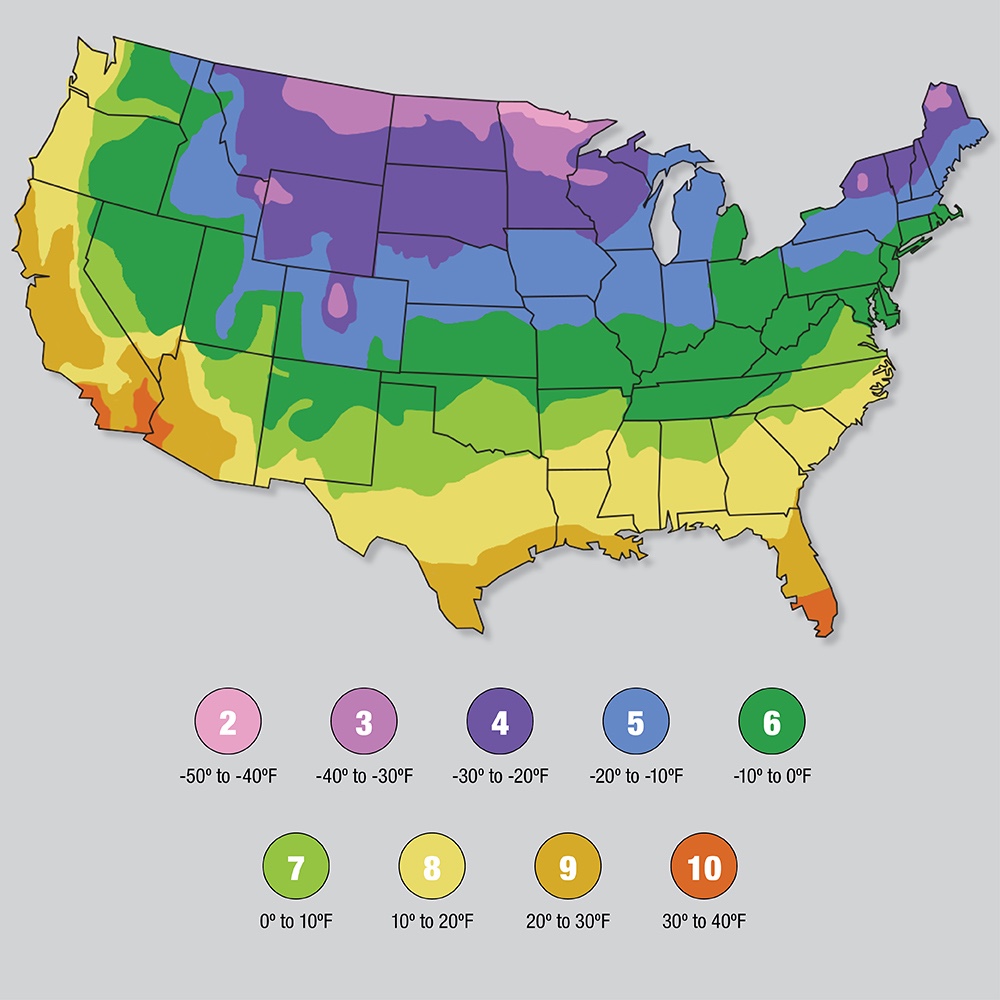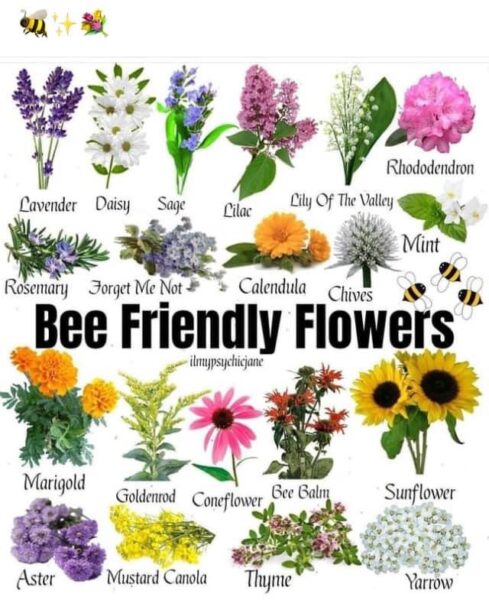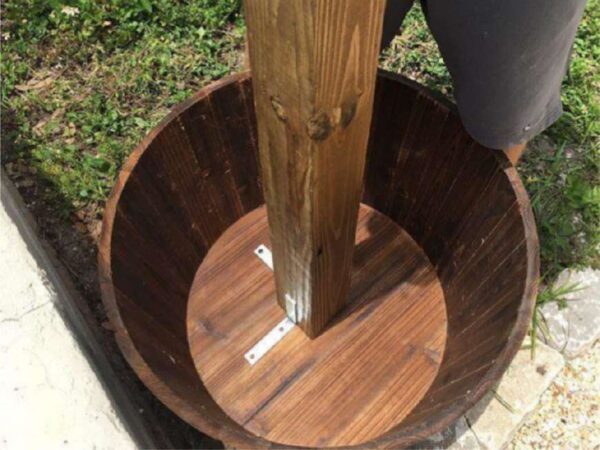Knowing the hardiness zone of your area is essential for selecting plants that can withstand the temperature extremes in your region. Here’s a step-by-step guide on how to determine the hardiness zone of your area:

- Check the USDA Plant Hardiness Zone Map: The United States Department of Agriculture (USDA) has created a hardiness zone map that divides the country into various zones based on average minimum winter temperatures. Start by accessing the USDA Plant Hardiness Zone Map online.
- Locate Your Area: Use the interactive map or search function on the USDA website to find your approximate location. You can search by entering your ZIP code or selecting your state and county.
- Identify Your Hardiness Zone: Once you’ve located your area, the USDA map will display the corresponding hardiness zone. The zones are typically represented by different colors or numbers. Take note of your specific hardiness zone.
- Understand Zone Ranges: Each hardiness zone has a range of temperatures that plants within that zone can tolerate. For example, Zone 6 might have a minimum temperature range of -10 to 0 degrees Fahrenheit (-23 to -18 degrees Celsius). Be aware of the temperature limits in your zone to guide your plant selections.
- Consider Microclimates: It’s important to remember that the USDA hardiness zones provide general guidelines but may not account for localized variations in temperature. Microclimates can occur within your area, such as areas with more sun exposure, wind protection, or urban heat islands. Observe your specific gardening site to understand any microclimate influences that might affect plant hardiness.
- Consult Local Resources: In addition to the USDA map, consider consulting local garden centers, nurseries, or cooperative extension offices. They often have knowledge of specific regional conditions and can provide valuable insights on plant hardiness and recommendations.
- Research Plant Hardiness Ratings: Once you know your hardiness zone, research the hardiness ratings of plants you’re interested in. Most plant labels or catalogs indicate the recommended hardiness zones for successful growth. Choose plants that match or fall within your specific hardiness zone to ensure they can withstand the temperatures in your area.
Remember that hardiness zones are based on average winter temperatures and don’t take into account other factors like summer heat, humidity, or rainfall. It’s also important to consider microclimates, as they can create localized variations in temperatures within a larger zone. By understanding your hardiness zone and considering other local factors, you can make informed decisions when selecting plants that will thrive in your area.
As an Amazon Associate we earn from qualifying purchases through some links in our articles.




